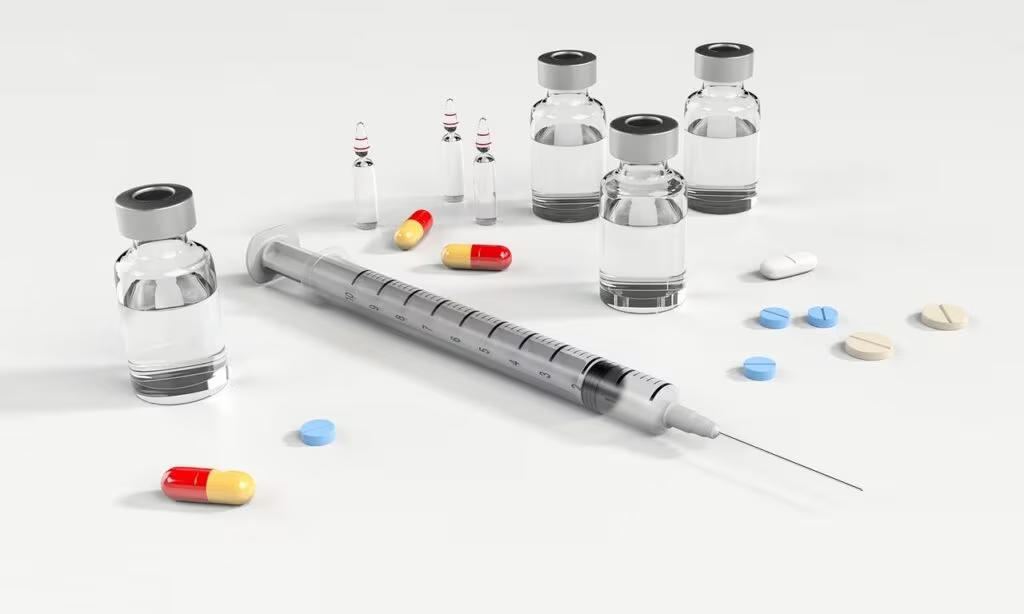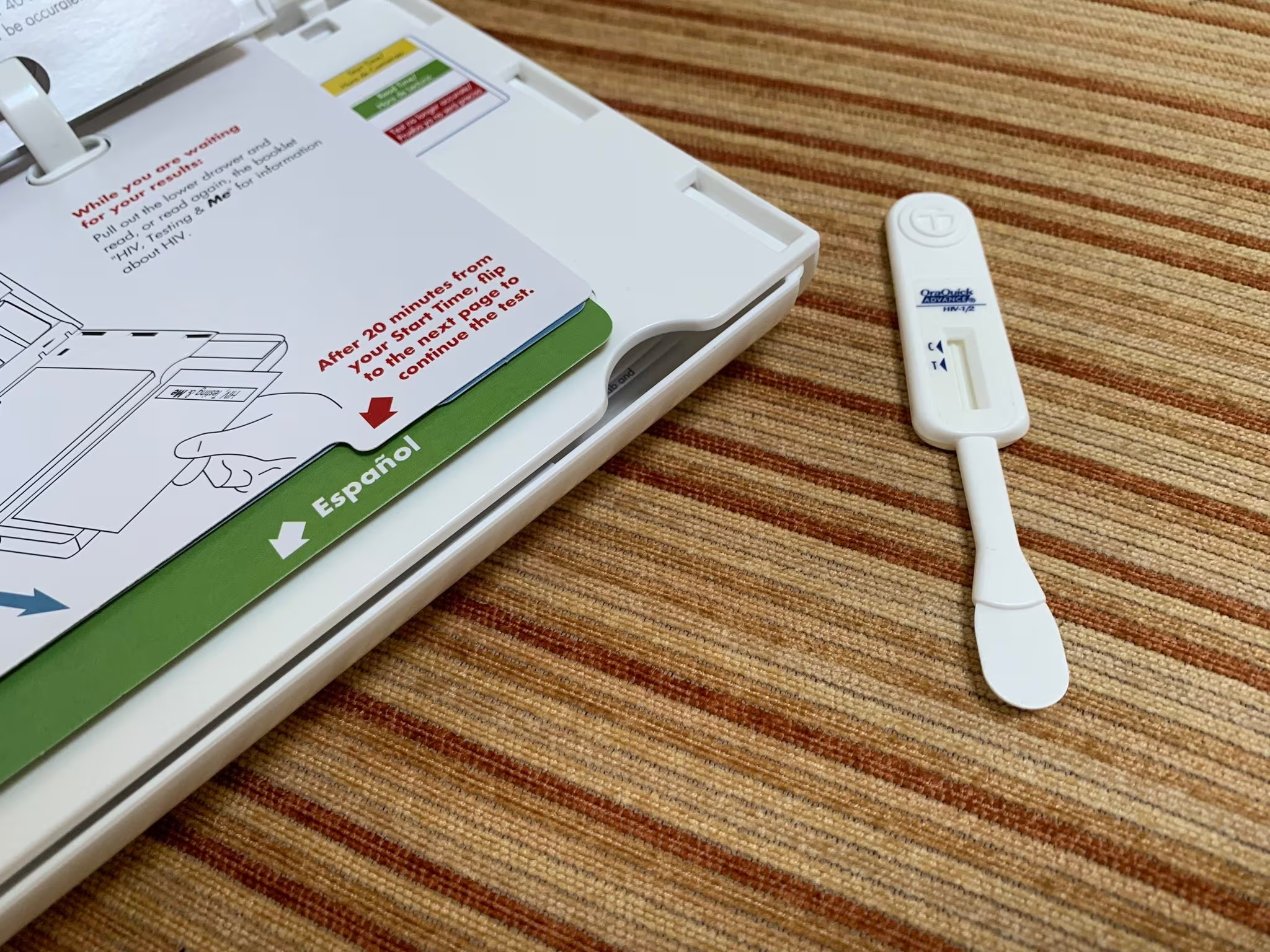Unprecedented Public Health Crisis: The Spread of Maine’s HIV Outbreak
Since its identification in October 2023, an unprecedented cluster of HIV cases centered in Penobscot County—with Bangor as the epicenter—has escalated into the largest HIV outbreak in Maine’s history. While the initial surge was localized, the ripple effects are now profoundly straining public health resources and healthcare providers across the entire state in 2025.
This crisis is characterized by its high concentration among individuals who inject drugs (IDUs), underscoring the deep connection between the ongoing opioid epidemic and infectious disease transmission. The outbreak is not just a localized problem; it represents a significant challenge to Maine’s ability to provide integrated care, manage co-occurring conditions, and effectively implement harm reduction strategies statewide.

The Scale of the Syndemic: HIV and Hepatitis C Co-Infection
The severity of the Penobscot County outbreak is compounded by extremely high rates of co-infection with Hepatitis C (HCV). For public health officials, this situation is often described as a syndemic—a combination of two or more epidemics that interact synergistically to worsen the health burden.
In this population, the shared use of contaminated injection equipment facilitates the rapid transmission of both viruses. Managing this dual diagnosis presents complex challenges for clinicians:
- Treatment Complexity: Patients require simultaneous management of two chronic, serious viral infections, demanding specialized knowledge and coordinated care plans.
- Vulnerable Population: The affected individuals often face significant barriers to care, including housing instability, food insecurity, mental health issues, and profound stigma.
- Resource Allocation: The sudden increase in complex cases requires greater allocation of resources for specialized infectious disease physicians, case managers, and outreach workers, stretching already thin rural healthcare networks.
“The outbreak highlights the critical need for integrated health services that address substance use disorder, mental health, housing, and infectious disease simultaneously. Treating the virus without addressing the underlying social determinants of health is insufficient,” noted one public health expert involved in the response.
The Statewide Ripple Effect on Healthcare Infrastructure
While Bangor remains the focal point, the demand for testing, treatment, and preventative services has surged in surrounding counties and major population centers like Portland and Lewiston. Healthcare providers statewide are adjusting to the increased workload and the need for specialized training.
Increased Demand for Testing and Prevention
Providers across Maine report a significant uptick in requests for HIV and HCV screening. This proactive response is crucial for identifying new cases and interrupting transmission chains, but it places a strain on smaller, community-based clinics.
Key Challenges Facing Maine Providers:
- Linkage to Care: Ensuring newly diagnosed individuals are immediately connected to antiretroviral therapy (ART) is paramount. Delays can increase viral load and the risk of further transmission.
- Stigma Mitigation: Healthcare settings must actively work to reduce the stigma associated with injection drug use and HIV/HCV to encourage testing and retention in care.
- Syringe Service Programs (SSPs): The outbreak has intensified the debate and need for expanded harm reduction services, particularly SSPs, which provide sterile equipment and act as a crucial gateway to testing, counseling, and substance use treatment.

Expanding Treatment Capacity
Treating HIV requires consistent adherence to ART, which can be difficult for patients experiencing homelessness or instability. The outbreak has forced hospitals and clinics outside Penobscot County to rapidly expand their capacity to manage these complex cases, often requiring them to divert resources from other areas of public health.
Furthermore, the state must ensure an adequate supply of PrEP (Pre-Exposure Prophylaxis), a highly effective medication that prevents HIV infection, for individuals at high risk. Promoting PrEP access is a cornerstone of the long-term strategy to contain the outbreak.
Public Health Response and Future Strategy
Maine public health authorities, in collaboration with federal partners, have mobilized resources to address the crisis. The strategy focuses on three pillars: rapid identification, immediate treatment, and robust harm reduction.
- Enhanced Surveillance: Public health teams are using advanced epidemiological mapping to track the virus’s spread and identify potential new clusters quickly.
- Mobile Outreach: Teams are deploying mobile testing and treatment units to reach highly vulnerable populations who may not access traditional healthcare settings.
- Integrated Care Models: Efforts are underway to integrate infectious disease care directly into substance use treatment centers and primary care offices, simplifying the process for patients.
While the immediate focus is on containment, the long-term goal is to strengthen Maine’s public health infrastructure to prevent future outbreaks of this magnitude. This includes sustained funding for SSPs, increased access to medication-assisted treatment (MAT) for opioid use disorder, and addressing the underlying housing crisis that exacerbates health disparities.

Key Takeaways for Maine Residents
This crisis demands awareness and action from communities and policymakers alike. The outbreak is a stark reminder that infectious disease control is inextricably linked to social equity and mental health support.
- Largest Outbreak: The current cluster is the largest HIV outbreak ever recorded in Maine, originating in Penobscot County (Bangor).
- Vulnerable Focus: The outbreak primarily affects individuals who inject drugs, highlighting the intersection of the opioid and HIV epidemics.
- Co-infection Risk: High rates of Hepatitis C co-infection complicate treatment and increase the overall public health burden.
- Statewide Impact: Healthcare facilities across Maine are seeing increased demand for testing, treatment, and specialized infectious disease care.
- Prevention is Key: Expanded access to Syringe Service Programs (SSPs), PrEP, and substance use treatment are the most critical tools for containment and prevention.
Conclusion: A Call for Integrated Solutions
The Penobscot County HIV outbreak serves as a critical stress test for Maine’s public health system. Controlling the spread requires more than just medical intervention; it necessitates a comprehensive, compassionate, and integrated approach that tackles the root causes of vulnerability—substance use disorder, poverty, and housing instability. Only through sustained investment in harm reduction and accessible, non-stigmatizing healthcare can the state successfully mitigate this crisis and prevent future public health emergencies.
Disclaimer: This article provides information regarding a public health crisis. If you are concerned about HIV or HCV exposure, please consult a qualified healthcare professional or local public health clinic for confidential testing and counseling. This information is not a substitute for professional medical advice.
Original author: Annie Rupertus, Bangor Daily News
Originally published: November 24, 2025
Editorial note: Our team reviewed and enhanced this coverage with AI-assisted tools and human editing to add helpful context while preserving verified facts and quotations from the original source.
We encourage you to consult the publisher above for the complete report and to reach out if you spot inaccuracies or compliance concerns.

